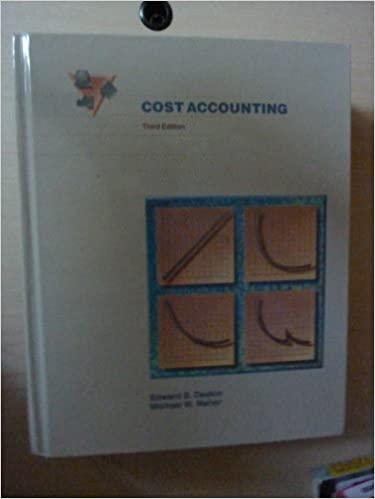ROI, Residual Income, Different Asset Bases: The manager of the Spears Department Store in Evanston is evaluated
Question:
ROI, Residual Income, Different Asset Bases: The manager of the Spears Department Store in Evanston is evaluated using return on investment. Spears headquarters requires that return on investment of 10 percent of assets employed. For the coming year, the manager estimates that revenues will equal $260,000. Cost of merchandise sold will equal $163,000. Operating expenses for this level of sales are expected to equal $26,000. Investment in the store assets is $187,500 before considering the following proposal. The manager was approached by a representative of Sly Trading Company about carrying Sly's line of sporting goods. This line is expected to generate $75,000 in sales in the coming year at the Spears store with a merchandise cost of $57,000. Operating expenses for this additional line of merchandise are $8,500 per year. To carry the line of goods, an inventory investment of $55,000 is required. Sly is willing to floor plan the merchandise so that the Spears store will not have to invest in any inventory. The cost of floor planning would be $6,750 per year. Spears marginal cost of capital is 10 percent.
Required:
a. What is the Evanston Spears store's expected ROI for the coming year if the Sly sporting goods are not carried in the store?
b. What is the store's expected ROI if the manager invests in the Sly inventory and carries the sporting goods merchandise?
c. What would the store's expected ROI be if the manager elected to take the floor plan option?
d. Would the manager prefer a., b., or c.. above? Why?
Step by Step Answer:






